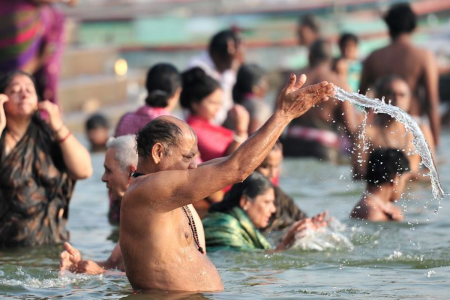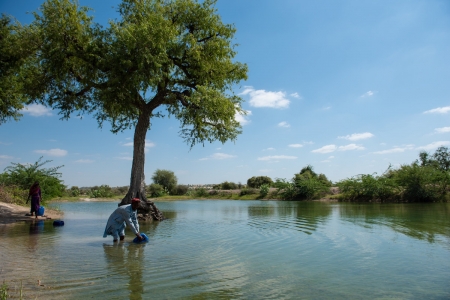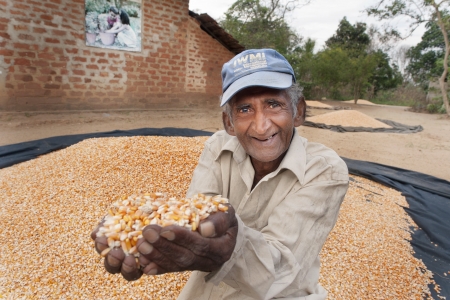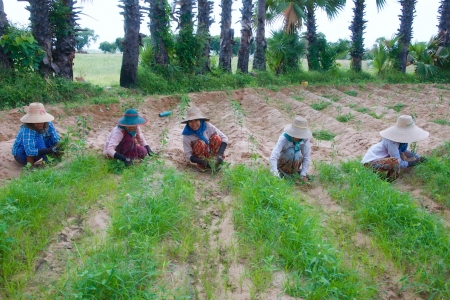The Ganga or Ganges can easily be described as one of the world’s most complex rivers. The complexity arises from the mind boggling numbers associated with this riverine system – be it its length, which exceeds 2500 km, to the number of people dependent on it, which surpasses 600 million – almost double the population of the United States of America.
As a critical river basin for environmental health and human development, the Ganges basin has been selected as one of the focal regions by CGIAR Research Program on Water, Land and Ecosystems (WLE). The International Water Management Institute (IWMI) leads the Healthy Ganga: Safer Waters and more productive ecosystems project in partnership with the National Mission for Clean Ganga (NMCG), World Wildlife Fund (WWF) – India, World Bank’s Water and Sanitation Program (WSP), Institute of Rural Management (IRMA) and Indian Institute of Technology-Kanpur (IIT-K).
The two-year project aims to adopt an ecosystems-based approach, in collaboration with key stakeholders, to identify and analyze the feasibility of technical, economic, and institutional solutions to clean and restore riverine ecosystems. The team will explore the potential to implement the most promising solutions throughout the basin. During the project’s inception workshop in Delhi, there were many interesting takeaways.
Here are the top three:
The first takeaway was: incorporate the needs of decision-makers and recognize the gaps in the current body of knowledge. This could include analyzing benefits and trade-offs of different interventions or defining key ecosystem services in economic terms.
The second takeaway was: address river pollution holistically. A multi-disciplinary approach is key to understanding the complexities of the River Ganga. The approach should include strategies which take into account both the quality and quantity of river water across sectors at different levels and scales.
The third takeaway was: engage a wide range of stakeholders by making communication and uptake an integral part of the project from the beginning. This will help identify the existing gaps in stakeholder knowledge to make scientific concepts more understandable and relatable.
The WLE Ganges Region Coordinator, Craig Meisner, said, “The Healthy Ganga project is moving in the right direction with the right partners onboard and a clear work plan. However, we should always keep the overall goal of the project in mind, which is to revitalize the Ganga River.”






